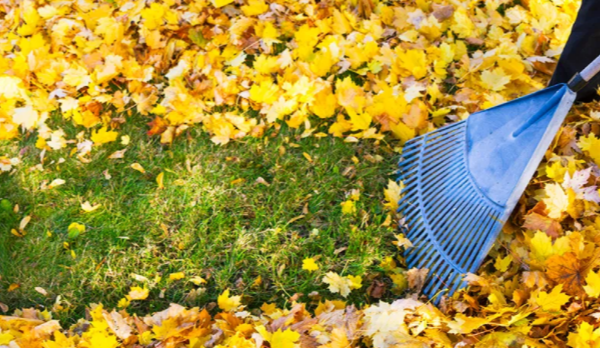


When people think of seasonal allergies, they typically think of spring allergies. But the Asthma and Allergy Foundation of America estimates that between 10% and 20% of Americans are allergic to ragweed pollen, a common allergen found in the air in late summer and fall.
While it helps to use the same strategies you use to fight spring allergies, ragweed isn’t the only fall allergy concern: Two other common allergens, dust mites and mold, that thrive on higher humidity levels can also be prevalent in fall, especially in parts of the U.S. that have damp autumns.
Unlike with pollen allergies, mold and dust mite allergies can’t be combatted simply by closing your windows. In fact, not only may these allergens spread by growing in your house, your forced hot air system may be blowing a lot of dust and other allergens through your home.
Here are four ways to combat fall allergies:
1. Install a HEPA filter in your heating system. This will help remove allergens such as mold, dust mites and pollen from the air that’s blowing around.
2. If you live in a climate that has damp falls, use a dehumidifier. Keep the relative humidity of your home between 40% and 50% so that the air is comfortable to breathe but dry enough to discourage mold and dust mite growth.
3. Wear a mask when you rake leaves. This will help prevent you from inhaling the mold spores that are likely thriving in dark, damp piles of leaves. And be sure to change your clothes and take a shower as soon as you come in so you don’t get mold spores all over your home.
4. Minimize time spent outside during peak pollen times. Since ragweed pollen counts tend to be highest between 10 a.m. and 3 p.m., shift the time you spend outdoors to early mornings or late afternoons, when pollen counts are lower.
Good Neighbor Pharmacy Script, Sept 2020